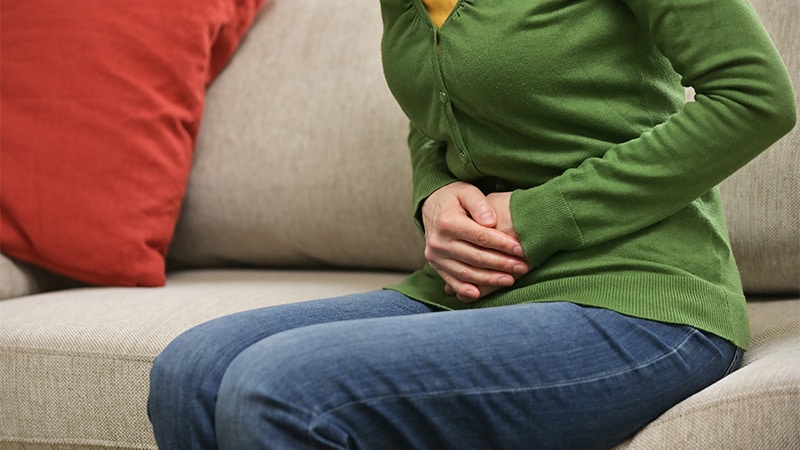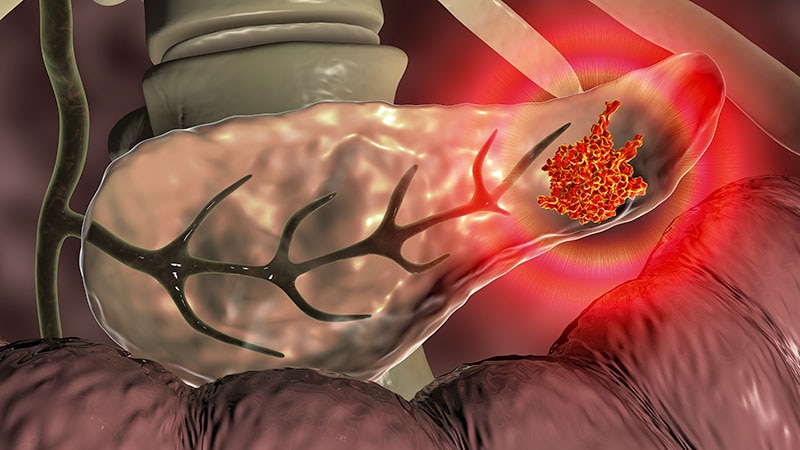Takeaway
- European Society of Gastrointestinal Endoscopy updated Clinical Guideline on the endoscopic treatment of chronic pancreatitis (CP).
Key recommendations
- Endoscopic therapy and/or extracorporeal shockwave lithotripsy (ESWL) is suggested as the first-line therapy for painful uncomplicated CP with an obstructed main pancreatic duct (MPD) in the head/body of the pancreas; evaluate clinical response at 6-8 weeks (weak recommendation, low-quality evidence).
- Patient selection for initial or continued endoscopic therapy and/or ESWL should take into consideration predictive factors associated with a good long-term outcome (weak; low).
- ESWL is recommended for the clearance of radiopaque obstructive MPD stones >5 mm located in the head/body of the pancreas; endoscopic retrograde cholangiopancreatography is recommended for MPD stones that are radiolucent or <5 mm (strong; moderate).
- Use of endoscopic therapy after ESWL should be restricted to patients with no spontaneous clearance of pancreatic stones after adequate fragmentation by ESWL (weak; moderate).
- Painful dominant MPD strictures should be treated with a single 10-Fr plastic stent for 1 uninterrupted year if symptoms improve after initial successful MPD drainage. Surgery or multiple side-by-side plastic stents should be considered for symptomatic MPD strictures persisting >1 year after the initial single plastic stenting (weak; low).
- Endoscopic drainage is preferred over percutaneous or surgical treatment for uncomplicated CP-related pseudocysts that are within endoscopic reach (strong; moderate).
- Transmural plastic stents should be retrieved >6 weeks after pancreatic pseudocyst worsening if MPD disruption has been excluded, and long-term indwelling of transmural double-pigtail plastic stents is recommended in patients with disconnected pancreatic duct syndrome (strong; low).
- Temporary insertion of multiple side-by-side plastic stents or a fully covered self-expandable metal stent is suggested for CP-related benign biliary strictures (weak; moderate).
- Registry of patients with biliary stents should be maintained (strong; low).
References
References



